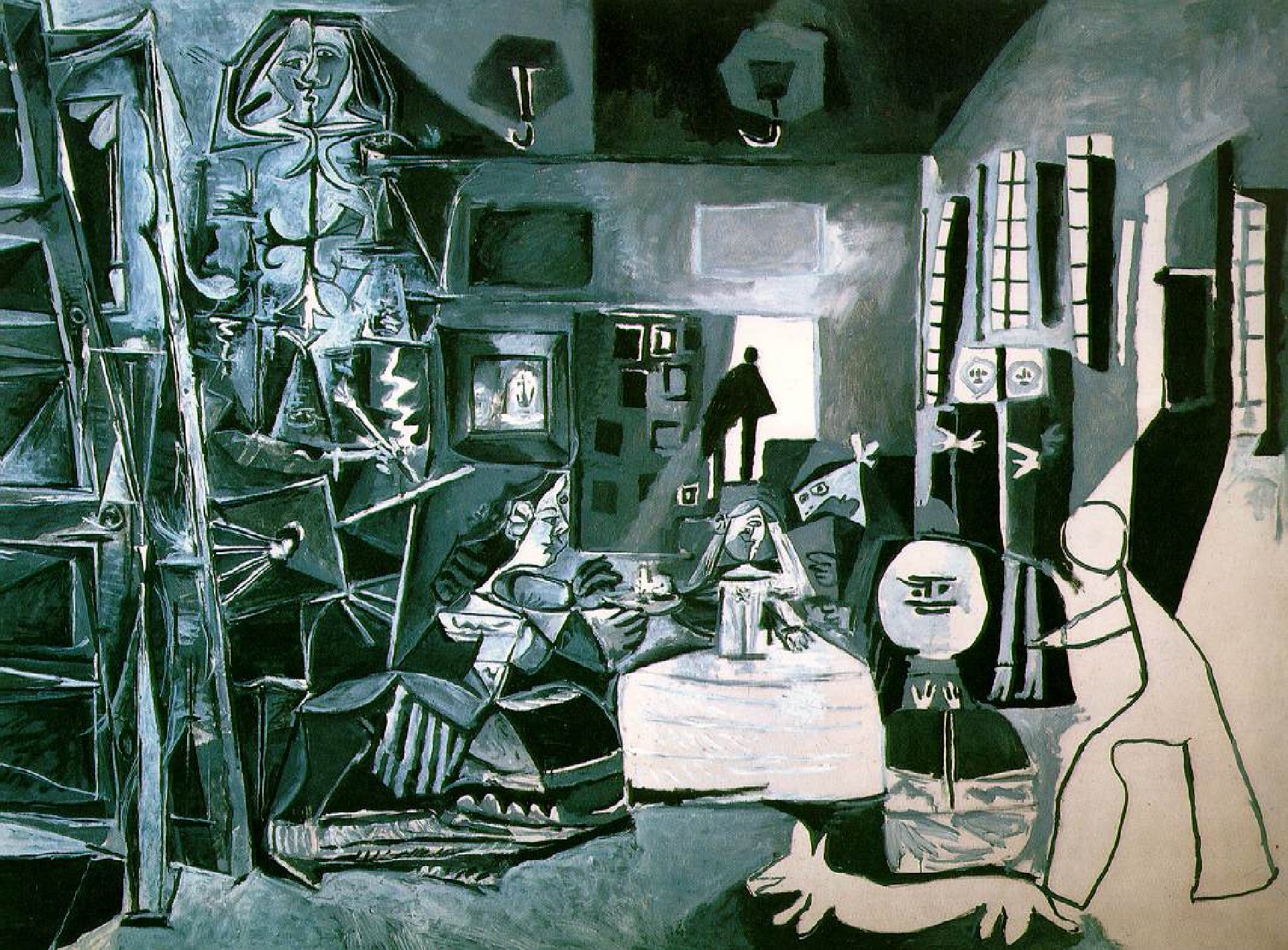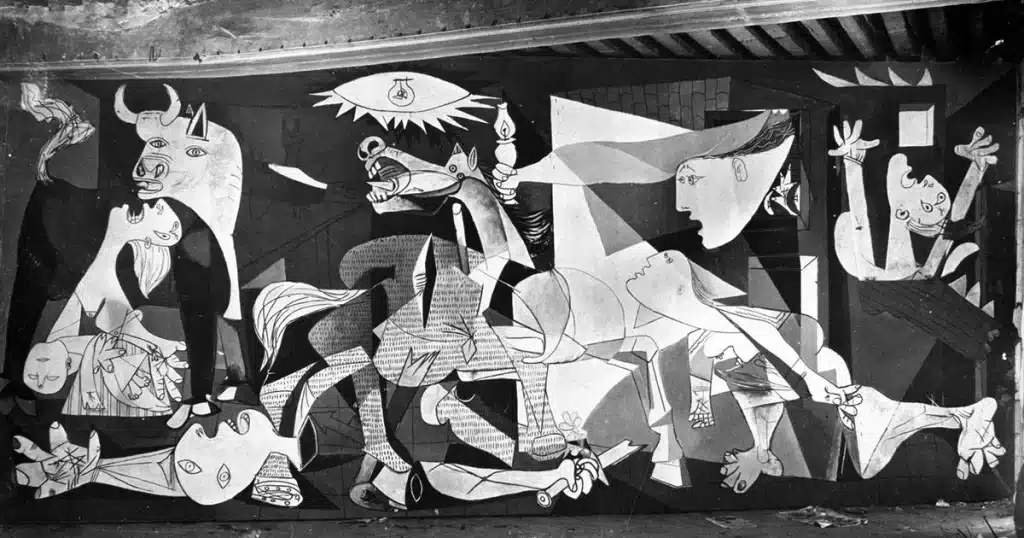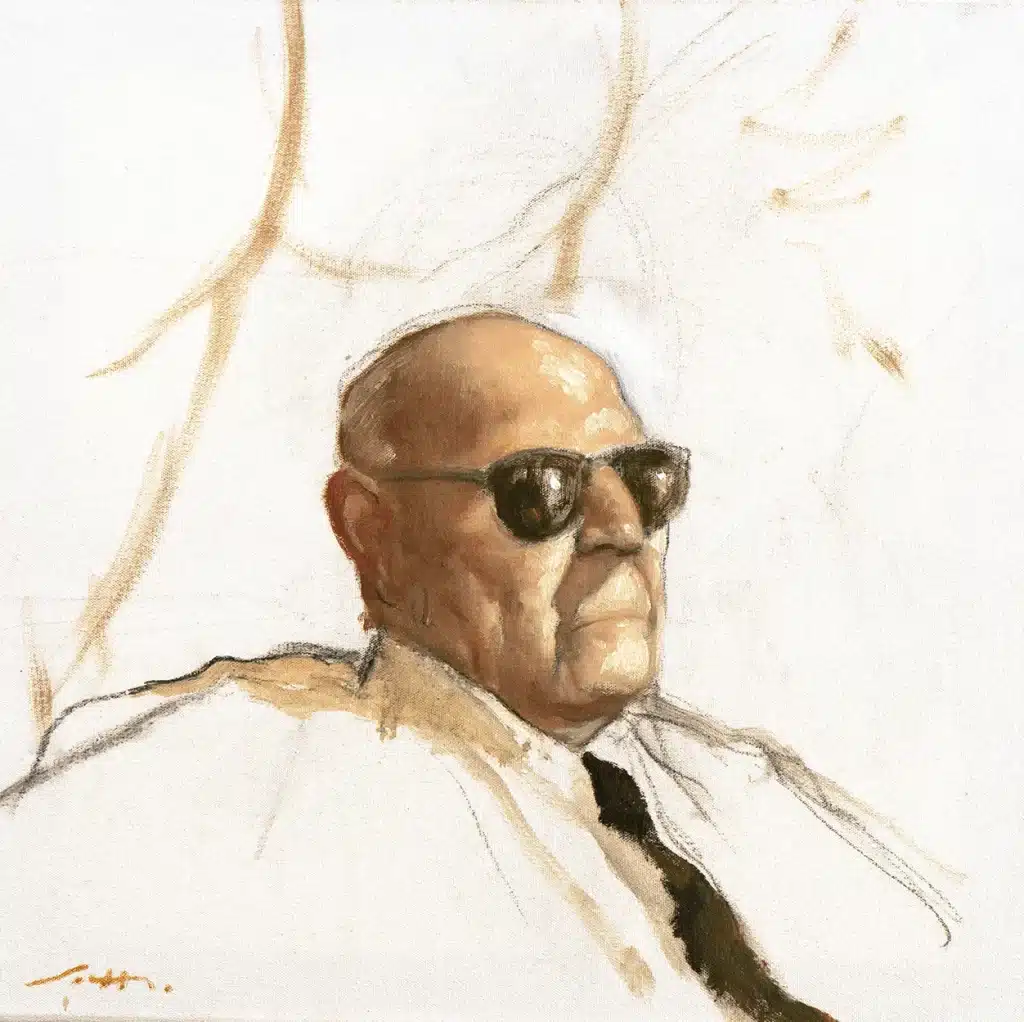Pablo Picasso, one of the most influential artists of the 20th century, went through several artistic stages throughout his career. He was always willing to reinvent himself and explore new styles, techniques and themes, even at times when there was no room for experimentation, so it is said that he was always years ahead with his artistic proposals. These are some of Picasso’s artistic periods:
1. Realism (1890-1897)
Pablo Picasso was initially trained as a realist artist. From a very young age, the Spaniard showed a remarkable inclination for art, which resulted in his first paintings being significantly different from those that would later bring him great recognition. This stage of his career was characterized by portraits and scenes of everyday life, exemplified in works such as “The First Communion” (1896) and “Science and Charity” (1897).
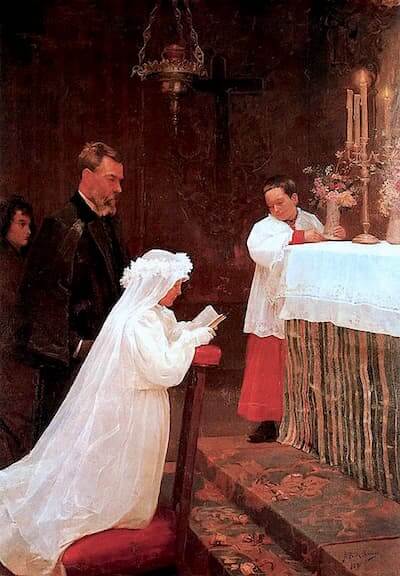
2. Blue stage (1901 – 1904)
The suicide of Carlos Casagemas, a close friend of Picasso, marked the beginning of his Blue Period, characterized by the sadness and depression that this tragedy caused him. During this stage, Picasso used predominantly blue tones and melancholic themes, exploring aspects such as loneliness, human misery, abandonment and despair. Among the outstanding works of this period are “Life” (1903) and “The Old Blind Guitarist” (1903-1904), which depict lonely and suffering figures.
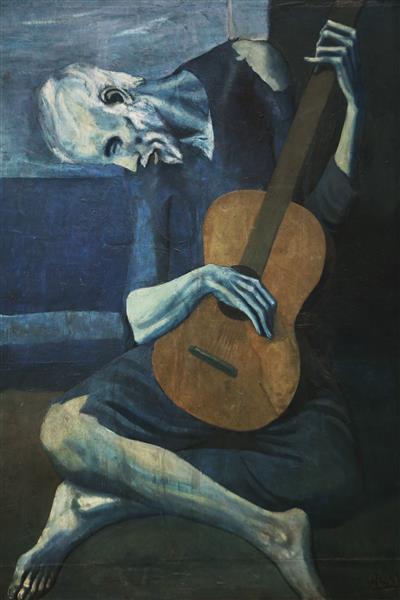
3. Etapa rosa (1904 – 1907)
Picasso moved to Montmartre, in Paris, where he began to experience life in a different way. Contrary to his Blue Stage, in this new phase, Picasso focused on more cheerful, light and humorous themes. The paintings of this period can be identified by their characteristic pastel tones, predominantly pink and orange. Some outstanding works of these years are “La famille des saltimbanquis” (1905) and “Garçon à la pipe” (1905).

4. Black period (1906-1909)
Picasso found great inspiration in African art during this period, which later gave way to Cubism. In Paris, the artist came into contact with African sculptures and masks, which fascinated him and led him to incorporate elements such as geometry and the disfigurement of faces in his works. Dark colors predominate at this stage, including reds, ochers and grays. Before the creation of Cubism, Picasso produced one of his most recognized works: “Les Demoiselles d’Avignon” (1907).

5. Cubism (1909 – 1919)
Cubism, developed with Georges Braque, revolutionized 20th century art. This style breaks with traditional perspective and decomposes objects into geometric shapes, sometimes incomplete. This was divided into two periods: analytical cubism (1909-1912), characterized by fragmentation and monochromatic colors, and synthetic cubism (1912-1919), which introduced more vivid colors and the use of collage in the works.

6. Neoclassicism (1917 – 1925)
Contrary to expectations, for a few years and after establishing himself as one of the most important artists of the time for his cubism, Picasso went through a neoclassical period, marking during these years a break with the cubist and surrealist forms that characterized him in his previous period. During this phase he was inspired by classical art and the art of antiquity, particularly by elements common in Greek and Roman sculptures.
+Retrato+de+Olga+en+un+sill%C3%B3n.jpg)
7. Picasso’s last period
After painting inspired by classical art, Picasso, in his last active years, visited the works of the great masters to give them his renowned cubist style. One of the most outstanding works of this period are his varied re-interpretations of Las Meninas.
